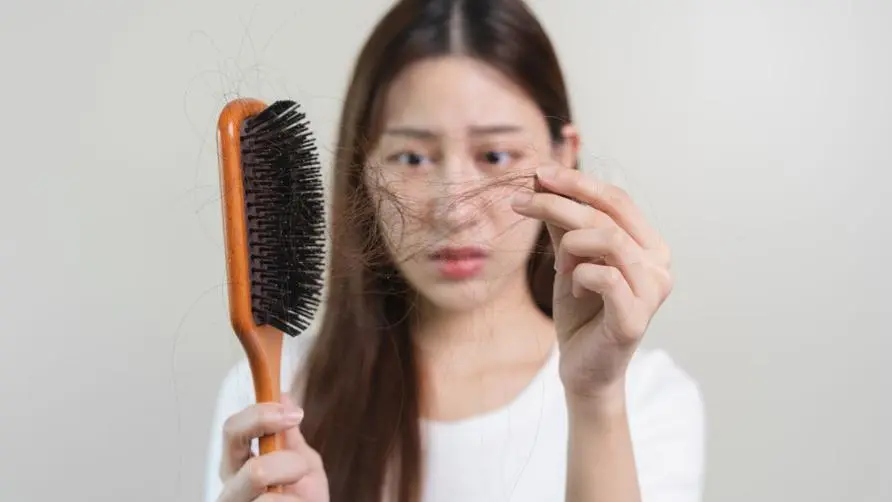How to save frizzy and breakable hair? Nutritionist reveals: Eat "6 major nutrients" quickly to get shiny hair

How to save frizzy and breakable hair? Nutritionist: “6 major nutrients” help maintain shiny hair
Your hair is dry and easy to break. It always makes you very distressed and you don’t know what to do? In addition to using hair care products, nutritional intake in the diet is also an important key that cannot be ignored! Let’s take a look at some “nutritional helpers” for hair care! Taking in the right nutrients can really help give your hair a natural shine from the inside out.
High-quality protein: Moderately adding high-quality protein to your daily meals not only helps the body’s muscle growth, it is also one of the main components of hair. Eggs, chicken and tofu are all good sources.
Omega-3 fatty acids: After protein base, it should be combined with Omega-3 fatty acids to give hair luster and elasticity. For example, flax seeds and walnuts are very good dietary sources.
Iron: Helps promote hair growth and prevent hair loss. Moderate intake of red meat and spinach can supplement the iron the body needs.
Vitamin C: not only helps improve immunity and fight viruses, but also helps absorb iron and prevent hair follicles from aging. In addition, hair contains a large amount of collagen, and vitamin C can also help synthesize collagen. It is recommended to eat kiwi, orange and other fruits after meals.
Biotin: Maintains healthy hair and prevents breakage. You can eat almonds, or replace staple foods (rice or pasta, etc.) with whole grains.
Zinc: It is an important trace element that prevents premature graying of hair and promotes hair follicle repair. It can be ingested through pumpkin seeds and oysters.
By continuing to supplement these nutrients, not only will your hair become smoother, but your overall temperament will also improve!
You are young but have bags under your eyes and nasolabial folds? Nutritionist teaches remedies
When it comes to daily maintenance, not only the quality and thickness of hair are of concern, but also many women are distressed when they find eye bags and nasolabial folds becoming obvious when looking in the mirror. In fact, in addition to using skin care products to prevent aging, maintaining healthy living habits is also crucial to delaying skin aging. If you want to keep your skin looking youthful, you should first do 6 things:
Develop regular exercise: 2.5 hours of moderate-intensity exercise or 75 minutes of high-intensity exercise per week is considered to help improve overall health, help skin metabolism, and make the skin radiant.
Eat antioxidant foods: Cruciferous vegetables such as kale, broccoli, Chinese cabbage, green vegetables, etc., as well as berries such as strawberries, blueberries, etc., have significant antioxidant effects.
Supplement various nutrients: The main function of vitamin B3 is to provide energy for the normal operation of cells; zinc foods can help immune cells mature and resist foreign germs, while magnesium can maintain the normal operation of the heart and muscles, and the growth and maintenance of bones.
Moderate folic acid supplementation: It can prevent damage and protect DNA composition. Spinach, leeks, cauliflower, asparagus, soybean sprouts, etc. are all foods rich in folic acid.
Take in more DHA: It can alleviate the damage caused by ultraviolet rays to the skin. It is commonly found in diets rich in Omega-3 fatty acids, such as fish oil, deep-sea fish and nuts.
Supplement vitamin C: Fruits rich in vitamin C, such as guava, custard apple, citrus, and tomatoes, can help the body resist oxidation and produce collagen in the skin.
Further reading:





